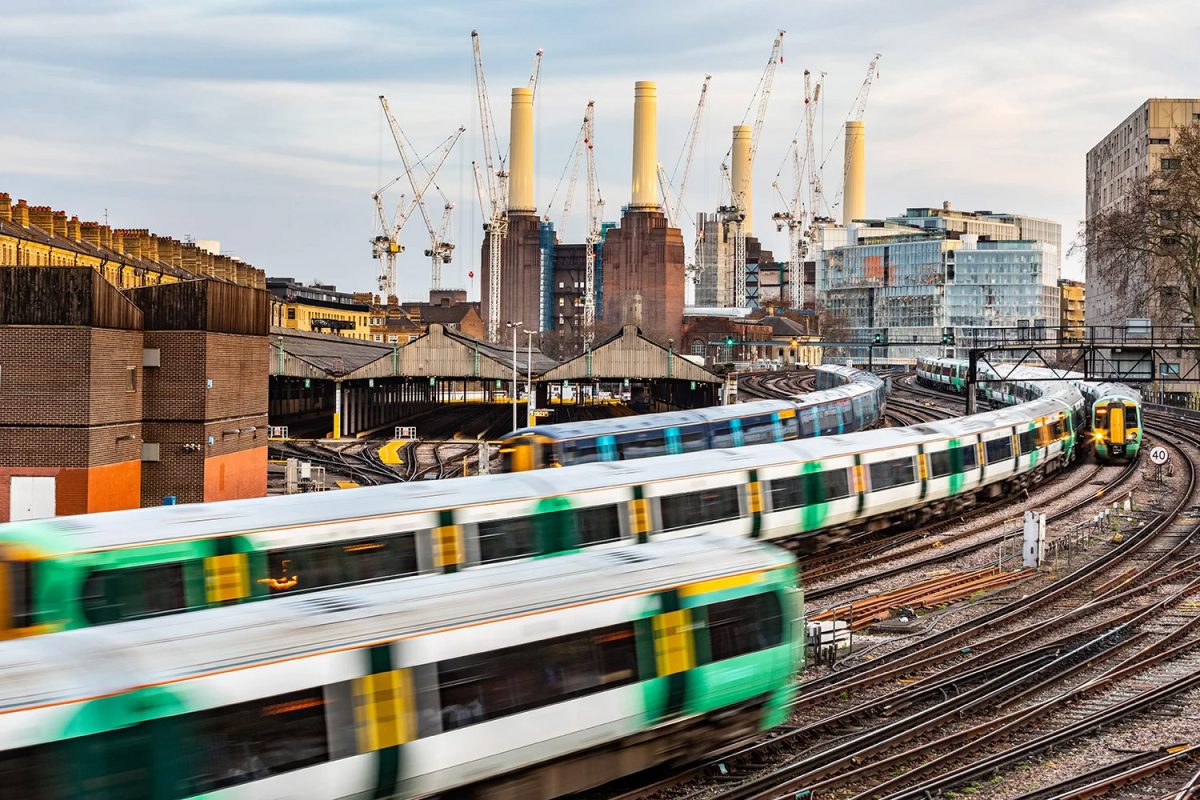The railway sector has long been a cornerstone of efficient transportation. In the face of growing environmental concerns and the demand for sustainable solutions, modern connectivity technologies are playing a pivotal role in enhancing energy efficiency within the rail industry. This article delves into the myriad ways connectivity is transforming rail energy usage, driving the sector towards a greener future.
Real-Time Data and Predictive Analytics
Optimising Train Operations
Modern connectivity enables the collection and analysis of real-time data from various train systems. Sensors placed throughout the train gather information on speed, braking patterns, and engine performance. This data is analysed to optimise train operations, ensuring that trains run at the most energy-efficient speeds and make optimal use of braking and acceleration, reducing unnecessary energy consumption.
Predictive Maintenance
Connectivity also facilitates predictive maintenance, which significantly contributes to energy efficiency. By monitoring the condition of train components in real time, maintenance can be scheduled proactively, preventing breakdowns that often result in inefficient energy usage. Regular maintenance ensures that trains operate at peak efficiency, further conserving energy.
Smart Energy Management Systems
Automated Energy Controls
Connectivity-driven smart energy management systems allow for automated control of energy usage across the rail network. These systems can adjust lighting, heating, ventilation, and air conditioning (HVAC) based on real-time passenger loads and external weather conditions. By fine-tuning these elements, energy wastage is minimised, and overall energy consumption is reduced.
Regenerative Braking Systems
Regenerative braking is a key technology enhanced by modern connectivity. It allows trains to convert kinetic energy into electrical energy during braking, which can then be fed back into the power grid or used to power other train systems. Connectivity ensures that this process is optimised, maximising the amount of energy recovered and reused.
Integrated Network Management
Dynamic Scheduling
With the help of connectivity, train scheduling can be dynamically adjusted based on real-time data. This includes altering train frequencies and routes to match current passenger demand and track conditions. Dynamic scheduling ensures that trains run only when necessary, reducing idle times and conserving energy.
Traffic Management Systems
Advanced traffic management systems utilise connectivity to coordinate train movements across the network. By optimising train routing and reducing bottlenecks, these systems ensure a smoother flow of rail traffic. This efficiency reduces the stop-and-start nature of train journeys, thereby conserving energy and reducing emissions.
Environmental Impact
Reduced Carbon Emissions
The energy efficiencies gained through modern connectivity translate directly into reduced carbon emissions. As trains consume less energy, they emit fewer greenhouse gases, making rail travel an even more environmentally friendly option. This reduction in emissions contributes to global efforts to combat climate change.
Sustainable Rail Infrastructure
Connectivity also plays a role in the sustainable development of rail infrastructure. By using data-driven approaches to design and maintain tracks, stations, and other facilities, the rail industry can minimise resource use and waste. This ensures that the expansion and upkeep of rail networks are carried out in the most sustainable manner possible.
Economic Benefits
Cost Savings
Energy efficiency driven by connectivity leads to significant cost savings for rail operators. Lower energy consumption reduces operating costs, which can then be passed on to passengers in the form of lower fares or reinvested into further improvements in the rail service.
Boosting Competitiveness
By adopting energy-efficient practices, rail operators can enhance their competitiveness in the transportation market. Efficient and reliable services attract more passengers, increasing revenue and market share, while also aligning with the growing public demand for sustainable travel options.
Conclusion
Modern connectivity is revolutionising energy efficiency in the rail industry. From real-time data analytics and smart energy management systems to dynamic scheduling and advanced traffic management, the benefits are manifold. These advancements not only enhance the environmental sustainability of rail travel but also offer significant economic advantages. As the industry continues to embrace and develop these technologies, the future of rail travel looks set to be both green and prosperous.
#RailEnergyEfficiency #SmartTrains #ConnectedRail #GreenTransport #SustainableRail #EnergySavings #RailInnovation #EcoFriendlyTravel #EfficientTransport #FutureOfRail
